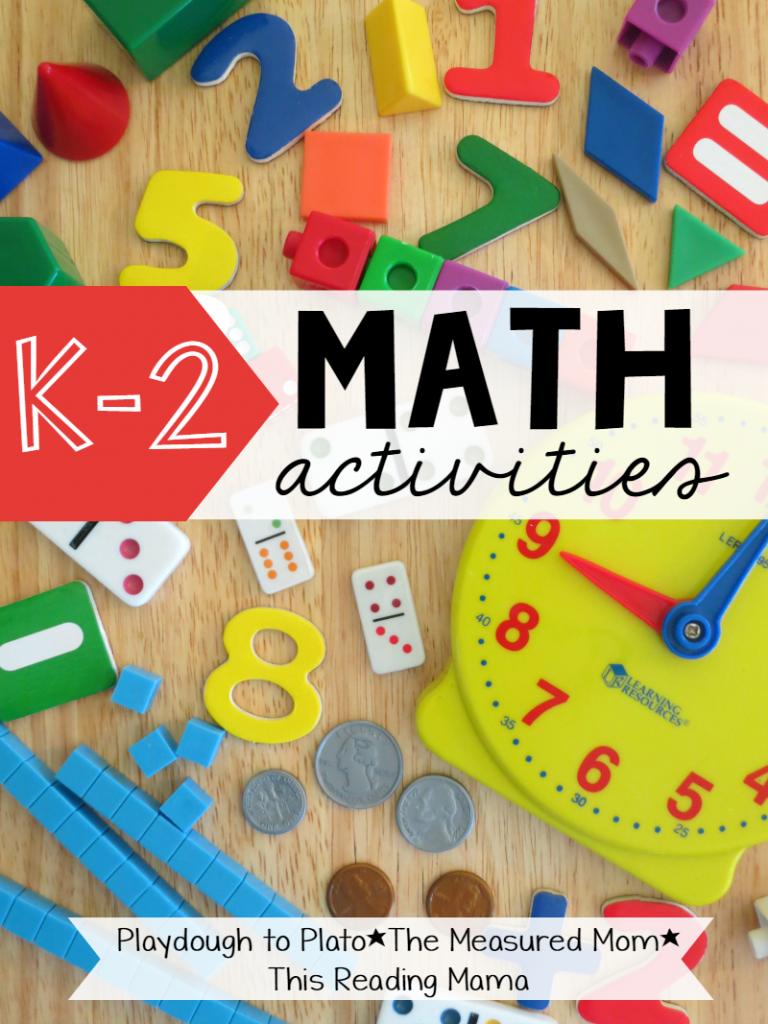
After halftime, the Warriors are down six to six. The Celtics are on fire offensively. Jayson Tatum takes advantage of Marcus Smart's hot start and makes a 3-pointer after receiving a Marcus Smart feed. Jayson Tatum leads by 12 points. Klay Thomson is called for a shooting violation on Al Horford and he makes both free points. That puts the Celtics first on the court.
Klay Thompson's return from back-toback injuries
Klay's miraculous recovery from two back-to back injuries in games 6 of the NBA Finals will be a heartwarming story, but also inspiring. The Warriors' two way forward, who averaged 17.3 point per game in the four first games against the Celtics is back on the court for the NBA Finals.
Klay Thompson suffered a left ACL tear after being fouled in the 2019 NBA Finals. However, the veteran had to miss the rest the season. He did return to shoot free throws and complete the game. In the beginning, it looked like he would be returning in 2019-20. In November 2020, however, he injured his Achilles tendon which ended any possibility of him returning to the 2020-21 season.

Jaylen Brown's scoring ability
Jaylen Cleveland will be required by the Boston Celtics in order to improve his scoring against the Miami Heat. Brown scored 20 point in Wednesday's 111-103 victory at Madison Square Garden. But, Brown struggled to score during the second half. He made only two attempts. Of those two attempts, his only two points came on free throws with under eight minutes to play.
The Celtics jumped out to a 14-point lead in the first quarter, but the Orlando Magic rallied in the fourth quarter. Jaylen BROWN's strong shooting in fourth quarter made it a comfortable win for Celtics. Brown finished the game at 21 points. That's nearly as many points as the Magic (23). Jaylen Brown's ability to score was an asset for the Celtics. It also helped them stabilize after a rough third quarter.
Steph Curry's offensive prowess
Stephen Curry has proven his offensive prowess in games six of the NBA Finals, as he's been shooting the ball at an impressive rate. Curry is one the best scorers in the league with an average of 24.3 points per contest in the regular season and 26.6 points per match in the playoffs. Curry is known for his quick layups in the basket. Curry is still a teenager, but the Warriors lead the series at 104 points.
Curry has shown that Curry doesn’t care about the ruckus before the fans and that his great shooting ability can intimidate opponents. The arena was stunned by Curry's 30-footer, and many wondered if he was really the MVP. However, despite his offensive prowess, Curry is more than a one-dimensional superstar. His offensive skills are matched by his ability to dish out 11 assists and grab five rebounds, and he's a plus-19 in the plus-minus column.

Stephen Curry's shooting
Steph Curry shot a little below par in Games 6, but his game was still outstanding. Curry ended with 16 points in Game 5's loss to the Boston Celtics. But, Curry's 3-point shooting was not perfect. He missed nine attempts. Curry had already missed nine attempts at 3-point shooting in the last 132 postseason games. Despite missing so many shots, Curry looked ready to contribute in Game 6.
Stephen Curry is in the finals for the NBA championship after a chilly Game 5. On Monday, Curry led the Golden State Warriors by scoring 34 points from 12-of-21 shots. In Game 5, he was 0 for 9 from three, but he shot a perfect 6-for-11 in Game 6. He scored six 3s on 11 attempts in Game 6.
FAQ
What is vocational school?
Vocational schools are institutions offering programs designed for people who want to enter a specific occupation. They may also provide general education courses and training in skills needed by employers.
Vocational education has a significant role to play in society. It helps young people gain the skills they need to succeed. It ensures that all students have access to high-quality learning opportunities.
The vocational school offers a wide range of options to its students. These include certificates, diplomas and degrees, as well as apprenticeships and certificates. Vocational schools offer both academic and practical courses in math, science and English.
What is the difference between public and private schools?
All students have access to public schools at no cost. They offer education from kindergarten to high school. Private schools charge tuition fees for each student. They offer education from preschool through college.
There are charter schools that are both privately operated and publicly funded. Charter schools don’t follow traditional curriculum. Charter schools allow their students to explore what interests them.
Charter schools are popular with parents who believe their children should receive quality education regardless of their financial status.
How long does it take to become an early childhood teacher?
The bachelor's degree program in early childhood education takes four years. Two years will be spent taking the general education courses required of most universities.
After you have completed your undergraduate education, you can usually apply to graduate school. This step allows one to specialize in a certain area of study.
For example, you could choose to focus on child psychology or learning disabilities. After you complete your master's, it is time to apply to a teacher-preparation program.
This process can take many years. To gain practical knowledge, you will partner with experienced educators.
Finally, you will need to pass state exams before you can officially begin working as a teacher.
It takes many years for this process to complete, so you may not be able immediately to join the workforce.
How do you apply to college?
There are many different ways to apply to college. Get started by talking to your high-school guidance counselor or admissions representative. Many high schools offer online applications. You can also contact local colleges directly. Most colleges will accept online applications through their website.
If you apply by mail, you will need fill out an application and to send copies of all necessary documents. The personal statement gives you an opportunity to share why you want to attend this particular institution and how it would benefit you. It is also helpful for admissions committee members to understand your goals, motivations, and values.
Download sample essays from our website.
What are some ways to get scholarships?
To help pay college expenses, scholarships are grants. There are many types and types of scholarships. These scholarships include:
-
Federal Grants
-
State Grants
-
Student Loans
-
Work Study Programs
-
Financial Aid
Federal grants are directly issued by the U.S. government. Most federal grants require applicants to meet certain requirements. Financial need is one example.
State grants are offered by individual states. Some states offer these funds based on financial need; others award money for specific reasons.
Banks and other lending agencies can provide student loans. Students borrow money to pay tuition and other living expenses.
Employers should be encouraged to use work-study programs to help them hire qualified students. Employers must pay workers at least minimum wage.
Financial aid allows low-income families to afford college by paying for all or part of their tuition costs.
How much time should I devote to college preparation?
The time that you intend to spend studying for college is a function of how much you want to spend on it. Start taking college preparation courses as soon as you finish high school if you want to be able to go straight to college. If you are planning to leave school for a while before you can attend college, it is probably not necessary to start planning.
It is important to discuss your plans and ideas with your parents, teachers, and other family members. They may suggest certain courses of study. Keep track of all the courses you have taken and the grades you earned. This will help you know what you need to do next year.
What is a trade school?
Trade schools can be an alternative for those who have not had success in traditional higher education to obtain a degree. They offer career-focused programs which prepare students to pursue specific careers. Students enrolling in these programs typically complete two years of coursework in a single semester and then enter into a paid apprenticeship program where they learn a job skill set and receive on-the-job training. Trade schools can include technical schools, community colleges and junior colleges as well as universities. Associate degrees are offered by some trade schools.
Statistics
- They are also 25% more likely to graduate from high school and have higher math and reading scores, with fewer behavioral problems,” according to research at the University of Tennessee. (habitatbroward.org)
- Among STEM majors, that number is 83.5 percent. (bostonreview.net)
- These institutions can vary according to different contexts.[83] (en.wikipedia.org)
- They are more likely to graduate high school (25%) and finish college (116%). (habitatbroward.org)
- And, within ten years of graduation, 44.1 percent of 1993 humanities graduates had written to public officials, compared to 30.1 percent of STEM majors. (bostonreview.net)
External Links
How To
What is vocational training?
Vocational Education prepares students for work by giving them skills that are required for a specific job, such as welding. It also includes on-the-job training in apprenticeship programs. Vocational education stands out from general education. This is because it focuses less on general knowledge and more on developing skills for specific occupations. Vocational training is not designed to prepare individuals for university but rather to assist them in finding jobs upon graduation.
Vocational education may be provided at all levels of schooling, including primary schools, secondary schools, colleges, universities, technical institutes, trade schools, community colleges, junior colleges, and four-year institutions. Many specialized schools are available, including nursing and culinary schools, law schools medical and dental schools, veterinary medicine school, veterinary medicine schools, firefighting training schools, police academies, military academy, and other military schools. Many of these schools offer both academic instruction and practical experiences.
Over the past decade, a number of countries have made substantial investments in vocational education. These include Australia, Denmark and Finland, Germany. The effectiveness of vocational education is still controversial. Some critics say it does not improve students' employability. Other argue that it prepares them well for life beyond school.
According to the U.S. Bureau of Labor Statistics 47% of American adults have a postsecondary certificate. This number is higher for those with higher education. 71% of 25-29-year-olds have a bachelor's or higher degree and are employed in areas that require postsecondary credentials.
According to the BLS in 2012, almost half of Americans had at the least one type of postsecondary credential. About one-third of Americans held a two-year associate degree, while about 10 percent held a four-year bachelor's degree. One out of five Americans held a master's degree or doctorate.
For those with a bachelor’s degree, the median annual income was $50,000. This is compared to $23,800 if you don't have one. The median income for those with advanced degrees was $81,300.
For those who did not complete high school, the median wage was only $15,200. A person with a lower high school diploma earned $13,000 annually.